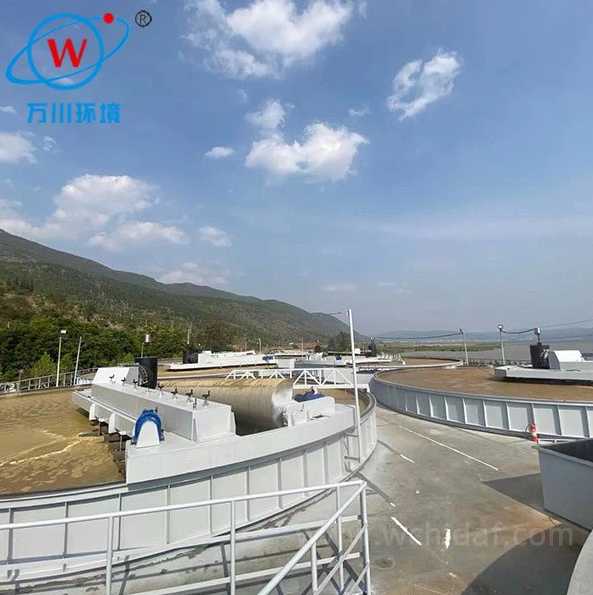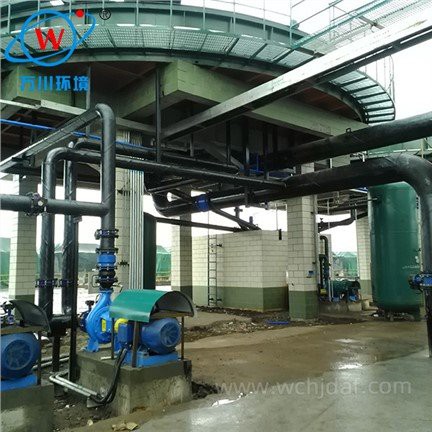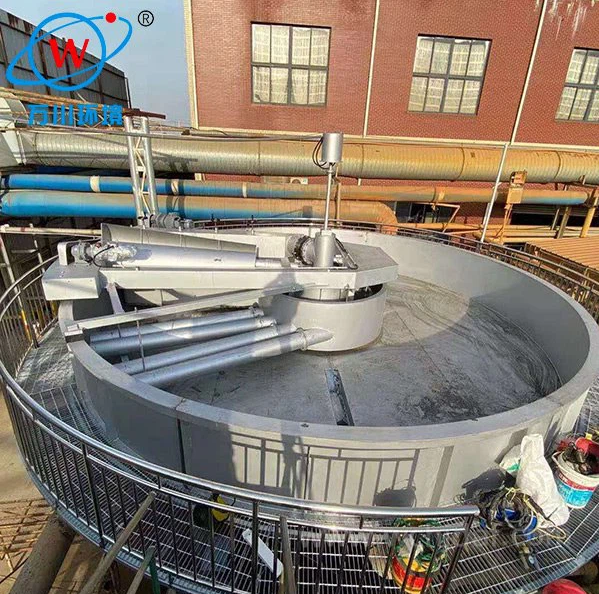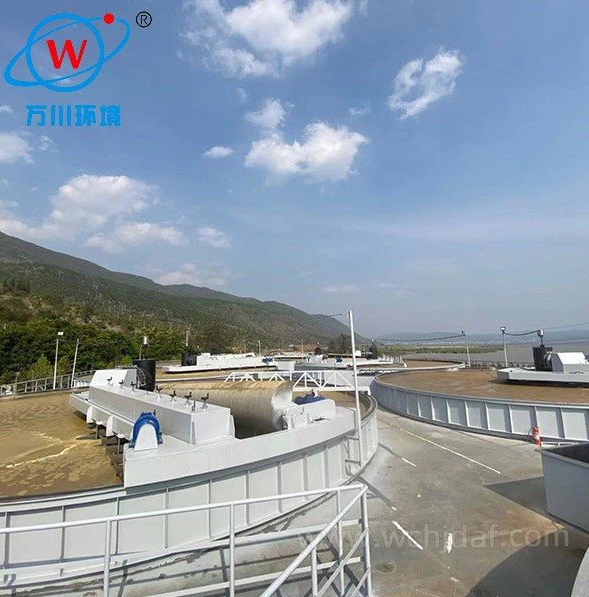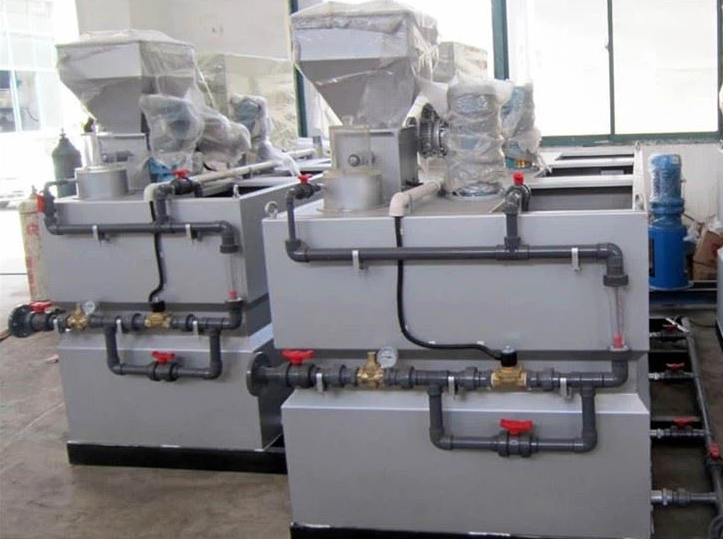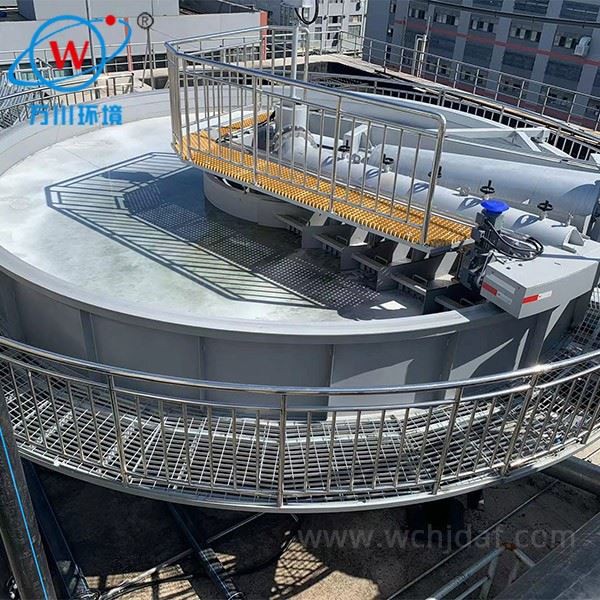Set up a complete pretreatment process at the front end of the equipment, such as the grille intercepting large particles of impurities, the regulating pool balancing water quality and water volume, to prevent the water quality from fluctuating greatly and impacting the flotation system. According to the characteristics of different sewage, pretreatment methods such as sedimentation and filtration are used to reduce the content of suspended solids, grease and difficult-to-degrade organic matter in the inlet water, creating good conditions for the stable operation of the flotation equipment.
Precisely control the operating parameters
2. Stabilize the parameters of the dissolved air system, maintain the pressure of the dissolved air tank in an appropriate range, generally 0.3 - 0.5MPa, ensure the quality of dissolved air water and the uniformity of bubbles, so that bubbles can efficiently adhere to pollutants. According to the inlet water quality, adjust the type and dosage of dosing in real time, the dosage of flocculant is 5 - 50mg/L, and the dosage of coagulant is 1 - 10mg/L, to ensure that the agent and sewage react fully and form good alum flowers. Reasonably control the inlet flow rate to allow the sewage to have sufficient and stable residence time in the flotation tank, usually 20-30 minutes, so that the pollutants and bubbles can fully combine and float up and separate.
3. Strengthen equipment maintenance
Regularly check the various parts of the equipment, such as cleaning the dissolved air releaser to prevent blockage from affecting the dissolved air effect; maintain the scraper to ensure that the chain is tensioned and the scraper is intact, and remove the scum in time to prevent the scum from re-mixing into the treated water. For the corrosion-prone parts of the equipment, use corrosion-resistant materials or protective coatings to extend the service life of the equipment and ensure its stable operation.
4. Establish a water quality monitoring mechanism
Install online monitoring instruments at the water inlet and outlet of the equipment to monitor key water quality indicators in real time, such as pH value, suspended solids, chemical oxygen demand, etc. Arrange special personnel to collect water samples regularly, conduct laboratory tests, and compare and analyze data. Once the effluent water quality is abnormal, quickly trace the source and find the cause from the aspects of water quality, equipment operating parameters, and chemicals, and make timely adjustments to ensure that the effluent water quality continues to be stable and meets the standards.
